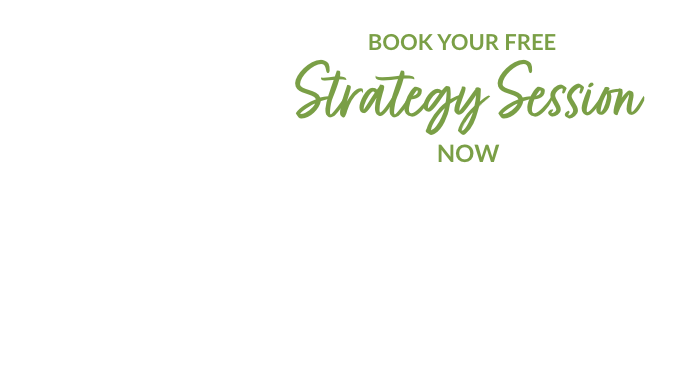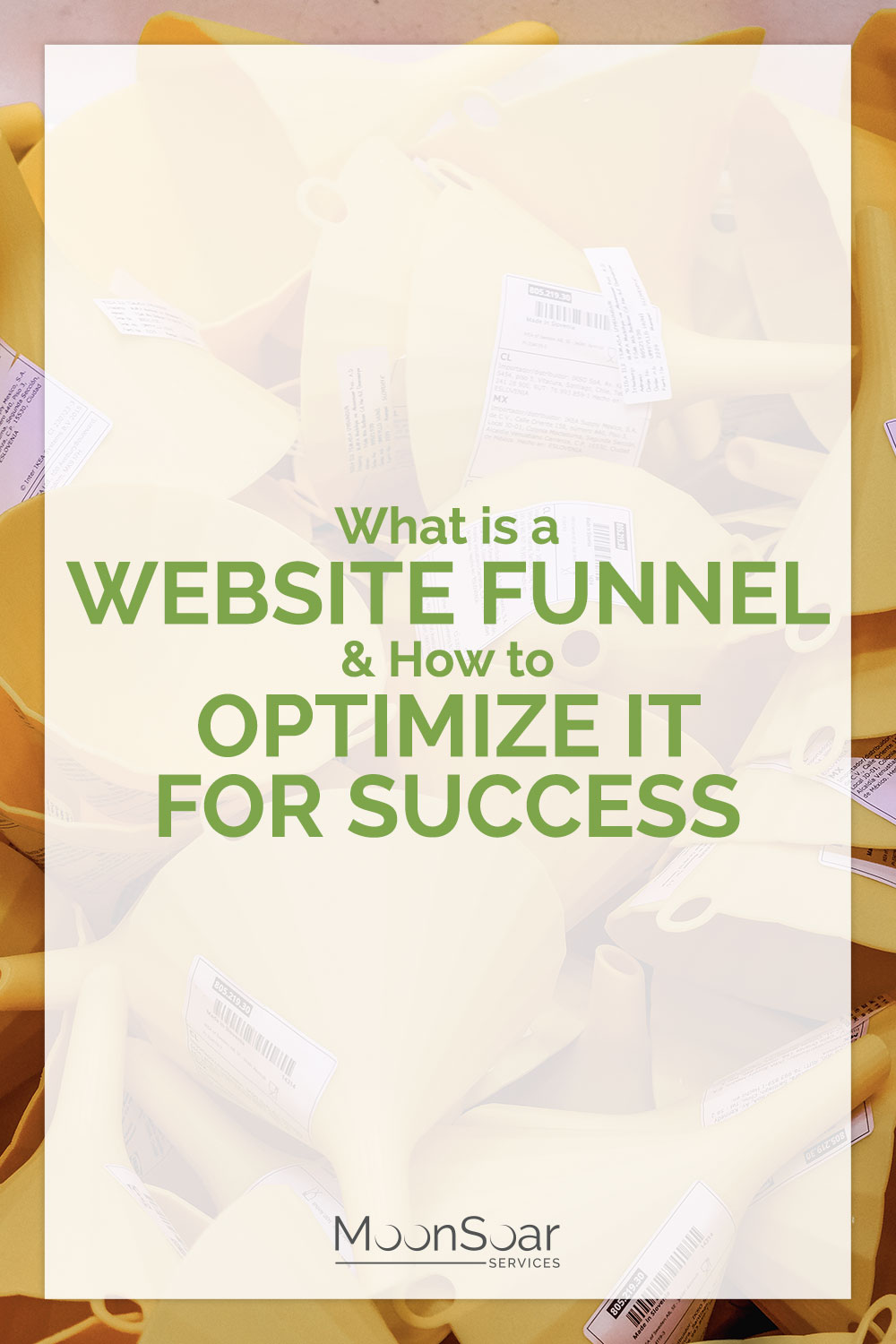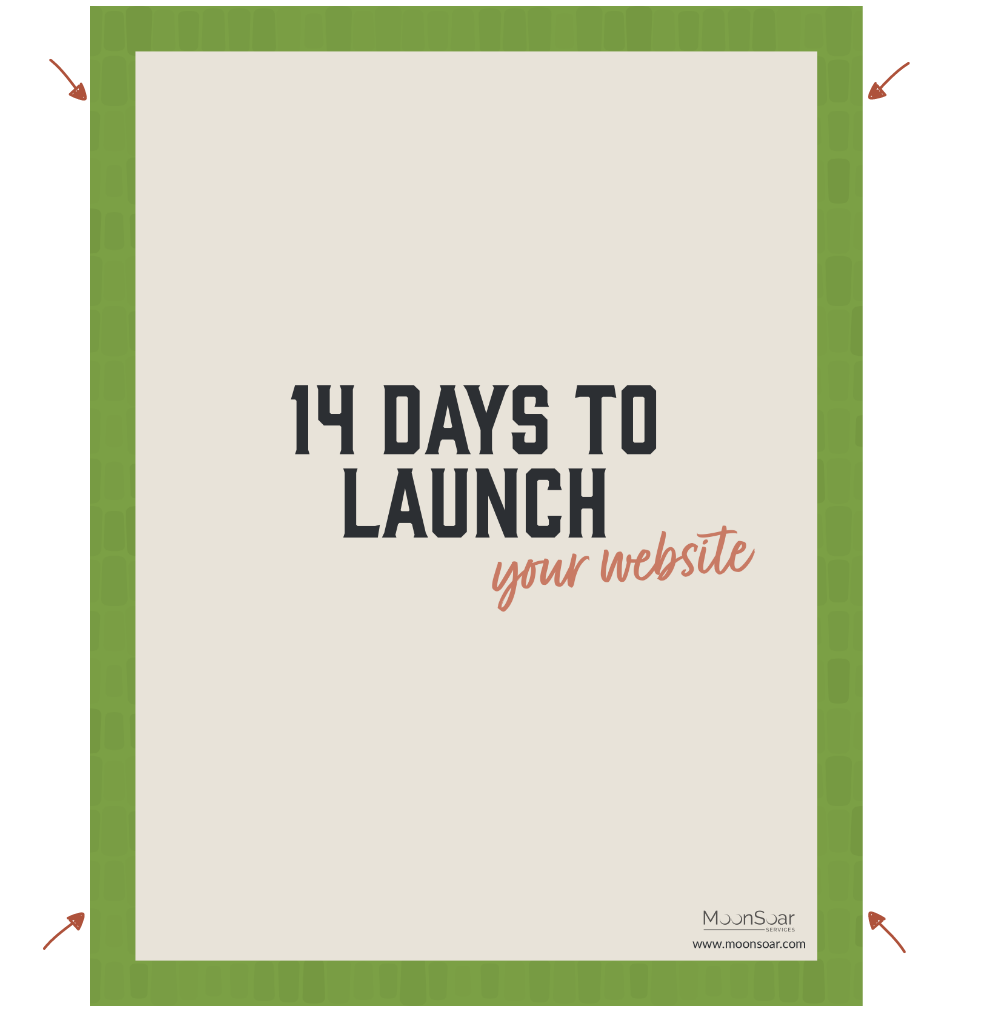A website funnel refers to the journey a user takes on your website, from their initial landing to their eventual conversion. The goal of a website funnel is to guide visitors towards a desired action, such as making a purchase, filling out a form, or signing up for a newsletter.
The typical website funnel consists of several stages: Awareness, Interest, Desire, Action (AIDA).
- Awareness: The first stage of the funnel is where the user becomes aware of your brand and your offering. This stage is focused on attracting and capturing the user’s attention.
- Interest: In this stage, the user is interested in what you have to offer and is looking for more information. This is the stage where you educate the user about your product or service and why they should choose you over the competition.
- Desire: In this stage, the user has a strong desire for your product or service. They are ready to make a purchase or take the desired action.
- Action: The final stage of the funnel is where the user takes the desired action. This could be making a purchase, filling out a form, or signing up for a newsletter.
To optimize your website funnel, it’s important to understand your target audience and what motivates them to take action. You should also focus on creating a smooth and seamless user experience, with clear calls to action and a streamlined checkout process.
Additionally, website funnel optimization can be achieved through testing and data analysis. A/B testing, for example, can help you determine the most effective way to present your offering and guide the user towards the desired action.
In conclusion, a website funnel is an essential tool for any business looking to convert website visitors into customers. By understanding the stages of the funnel and optimizing it for your target audience, you can increase conversions and achieve success online.




